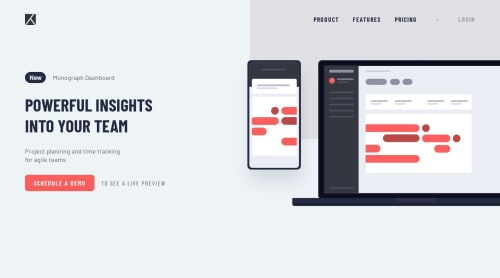Project tracking intro component

Solution retrospective
I was able to successfully develop the core functionalities of the shopping cart system, including adding and removing products, updating quantities, and ensuring that the checkout process worked smoothly. This process allowed me to create a clear flow for users to interact with the system, making sure each feature served its purpose efficiently. Overall, I felt like I was able to keep track of all the different moving parts, and things came together as expected.
In hindsight, I would focus more on improving the user interface to make it more intuitive and visually appealing. While the system functions as intended, enhancing the user experience could make a big difference in how users interact with the cart. Additionally, I would take more time to thoroughly test all the features, especially in edge cases, to avoid bugs or unexpected behavior. It would also be beneficial to optimize some of the backend processes, ensuring that the system performs better as the project scales.
What challenges did you encounter, and how did you overcome them?One of the main challenges I faced was handling the cart's state across different pages. I had to ensure that the data, such as product quantities and details, would persist as users navigated through the system. Another difficulty was debugging issues that arose when updating quantities or removing products from the cart, especially when there were discrepancies between the displayed values and what was actually stored. Additionally, if integrating payment gateways was part of my project, ensuring secure and smooth transactions could pose further challenges.
What specific areas of your project would you like help with?Moving forward, I would greatly appreciate advice on how to optimize the checkout process. Ensuring a smooth and efficient user experience during this critical phase would be invaluable. I could also use guidance on managing large amounts of data, particularly when ensuring that the cart’s contents are consistent across multiple user sessions or devices. Lastly, it would be helpful to receive feedback on the project’s overall code structure, especially for scaling it in the future and ensuring it remains maintainable.
Please log in to post a comment
Log in with GitHubCommunity feedback
No feedback yet. Be the first to give feedback on AlexCristea2007's solution.
Join our Discord community
Join thousands of Frontend Mentor community members taking the challenges, sharing resources, helping each other, and chatting about all things front-end!
Join our Discord